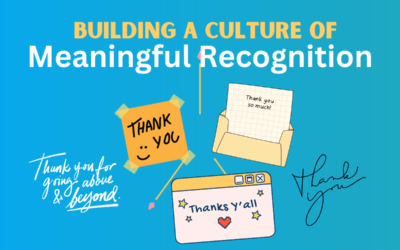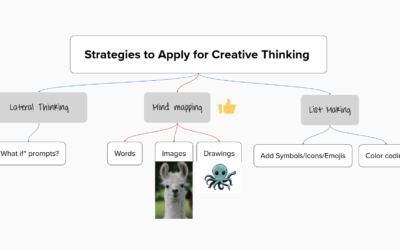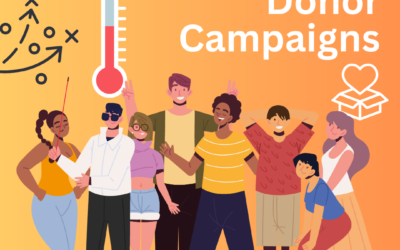 Content marketing works best when the producer has unique and valuable information to share. Most organizations and businesses do indeed have helpful information to select audiences. A lot of that information could lead to stronger relationships with customers, clients, or other stakeholders. So far, so good.
Content marketing works best when the producer has unique and valuable information to share. Most organizations and businesses do indeed have helpful information to select audiences. A lot of that information could lead to stronger relationships with customers, clients, or other stakeholders. So far, so good.
The problem often comes in the difference between what a content producer wants consumers to know, and what the consumer wants to know. That gap may not be huge, but the internet can be a very unforgiving place, and missing each other by just one word or phrase can mean your great ideas never get to the right folks. It’s understandable when new content marketing ideas start from the lingo of the producer. Nonprofit organizations can be particularly challenged this way, because charities are not only on a mission to change the world, many are trying to change the language the world uses to think about the issues which drive their mission.
The readers (or viewers or listeners or whatever) of your great content may still be using different vocabulary, and when the nonprofit publishes everything in the language they want people to use, they may not get found by new audiences. Some examples of this problem are cited in Nonprofits and response media. That article has some ideas to find different language to tell your story, such as the Keyword Planner from Google. Start with the language you are using now, and let all the searches on the internet help you find words your potential clients or market are currently using. Want to advocate for “marriage equality?” People actively looking to learn more are probably typing “gay marriage.” Help them find you, then help them understand why you use your words rather than the search term that brought them in.
Content producers can go a step further than keywords in how content introduces us to new people. We can be more active listeners, and then create content that answers questions.
Any business or group can go where people already ask questions, and get ready to provide helpful answers. Sites like Yahoo! Answers or About.com often get the highest ranking result in search, not because they have the best quality answer (often they are very poor answers) but because they provide a place where people can openly ask someone else to help them, even if there may already be a perfectly good answer out there if they did a more selective search. If those bad answers are coming up first, it probably means either your group hasn’t taken the time to write an answer to that specific question, or your answer isn’t using language that regular people use and so it’s invisible.
Either of those cases has the same solution. Create content that people are looking for, not content you want them to seek. When you’ve been introduced, then help your new friends find the rest of the great stuff you’ve created.
Originally published at 5 by 5 Design.






